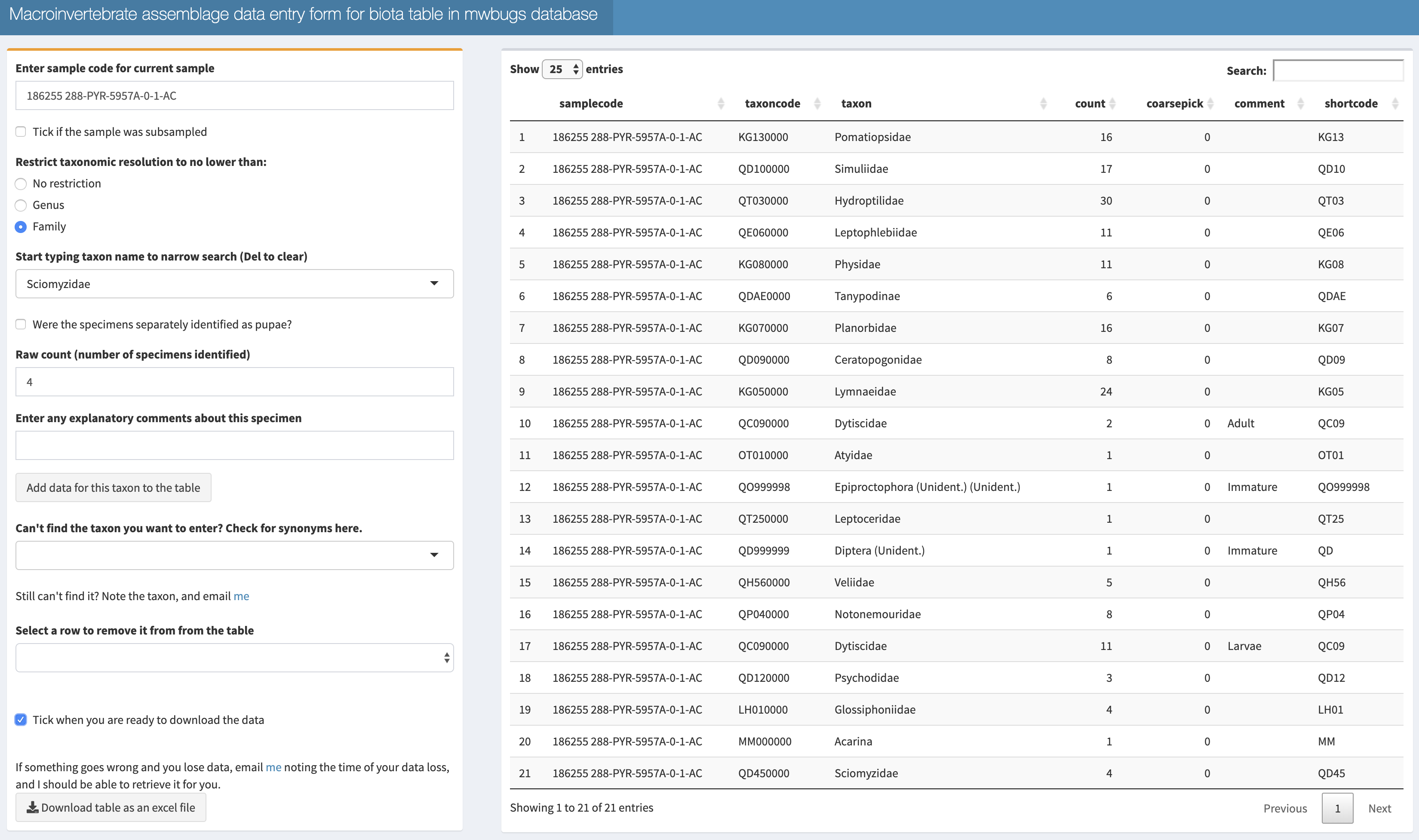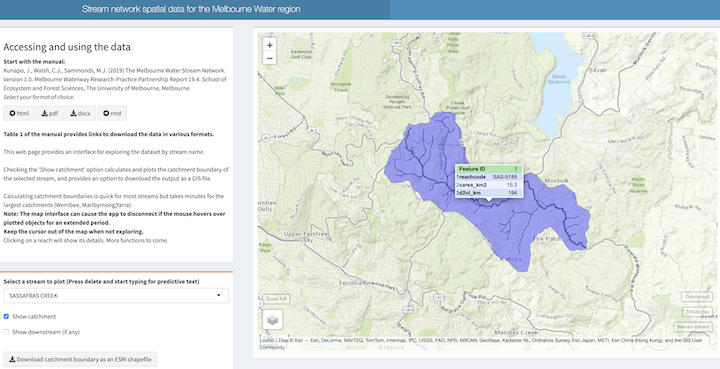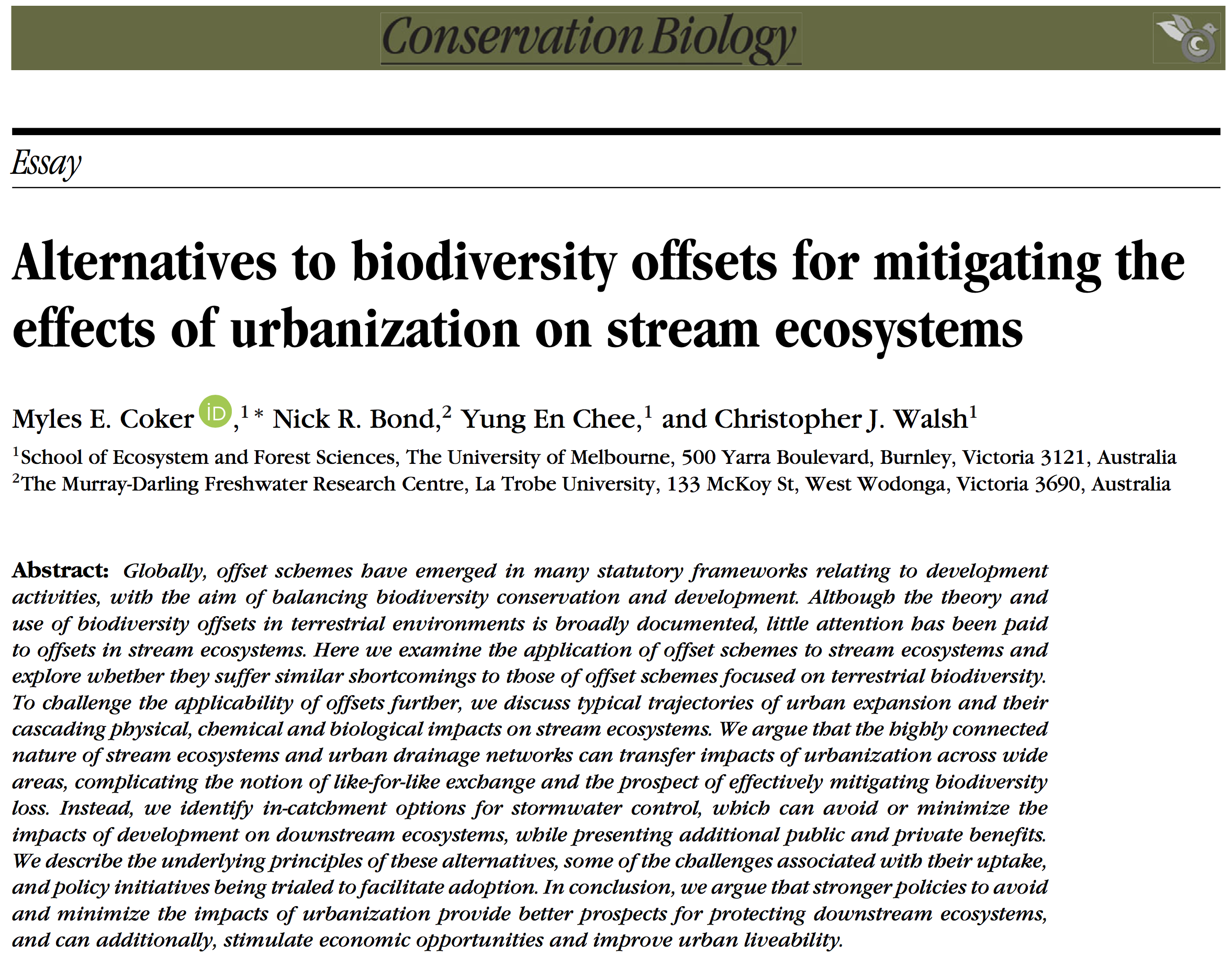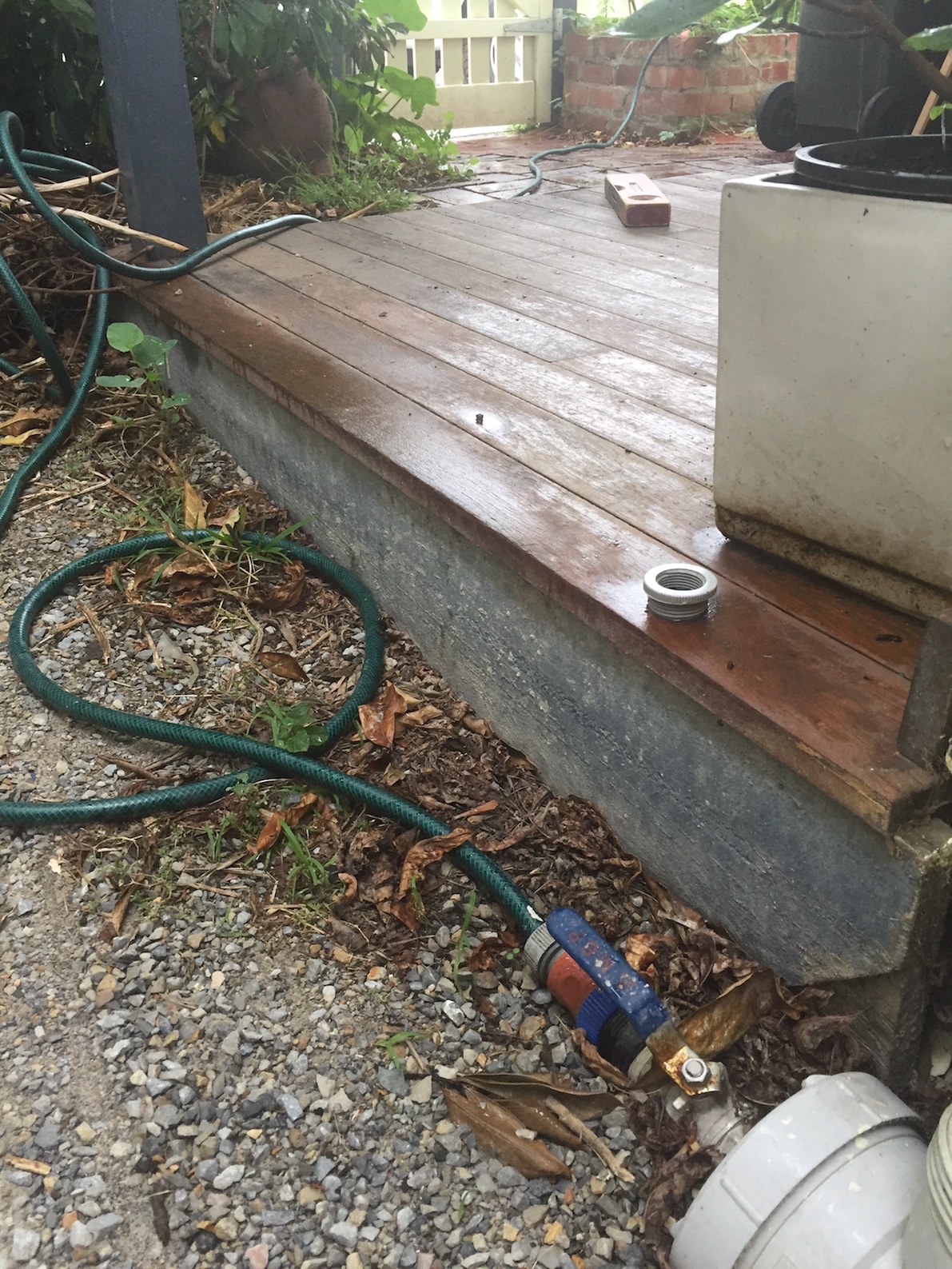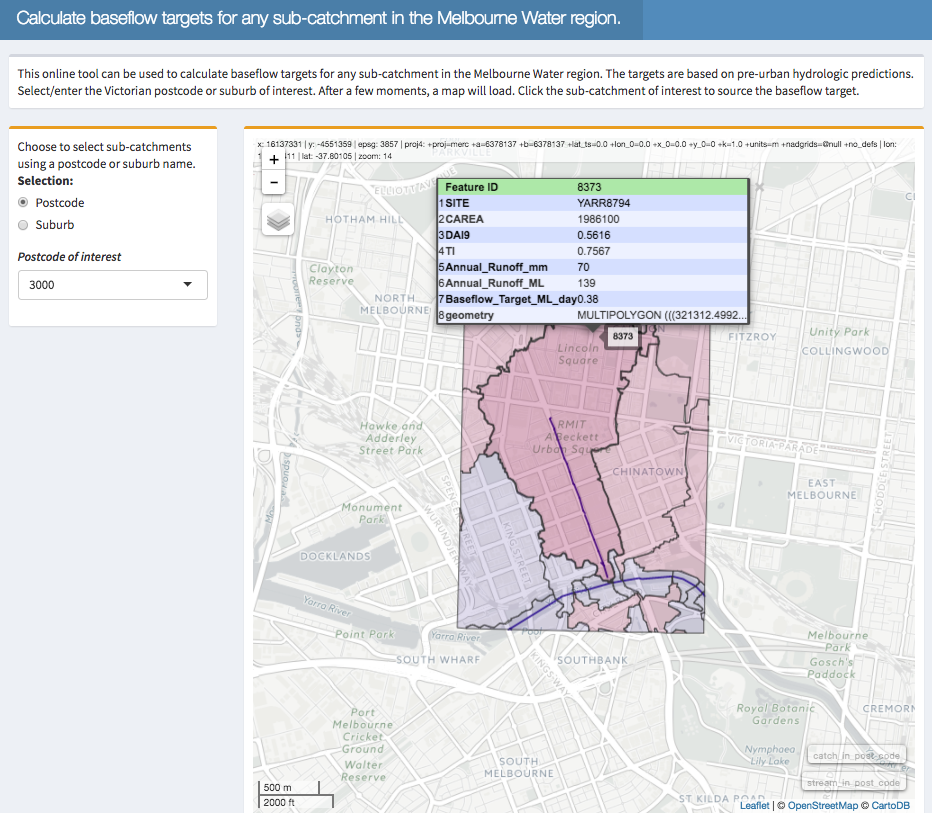Melbourne Water bug database now available
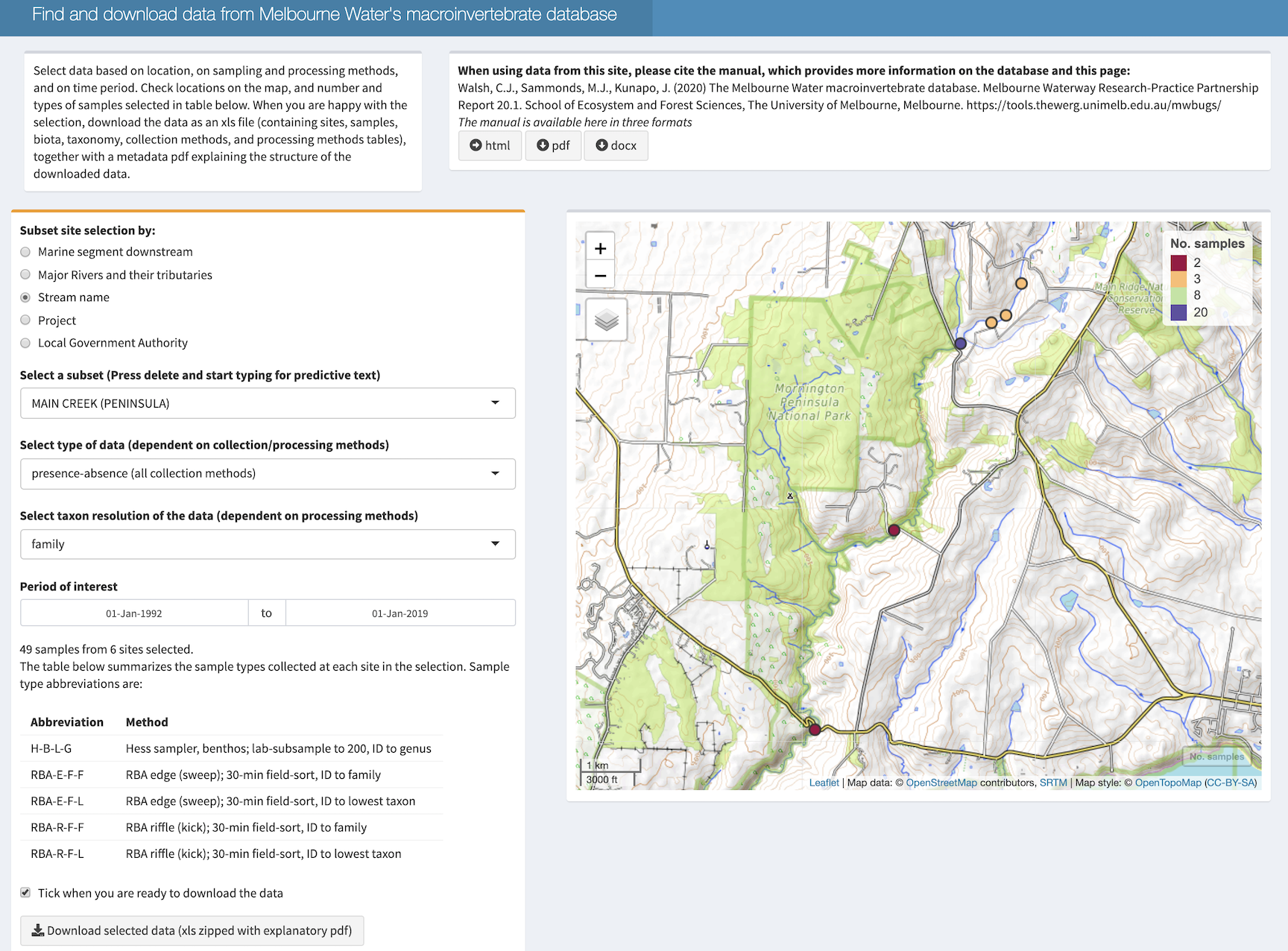
We have worked with Melbourne Water to collate their collection of macroinvertebrate assemblage records from streams of the Greater Melbourne region over the last 25 years into a database, and have made it available and searchable on an open-access web interface (https://tools.thewerg.unimelb.edu.au/mwbugs/). This rich resource of biological information has been…




